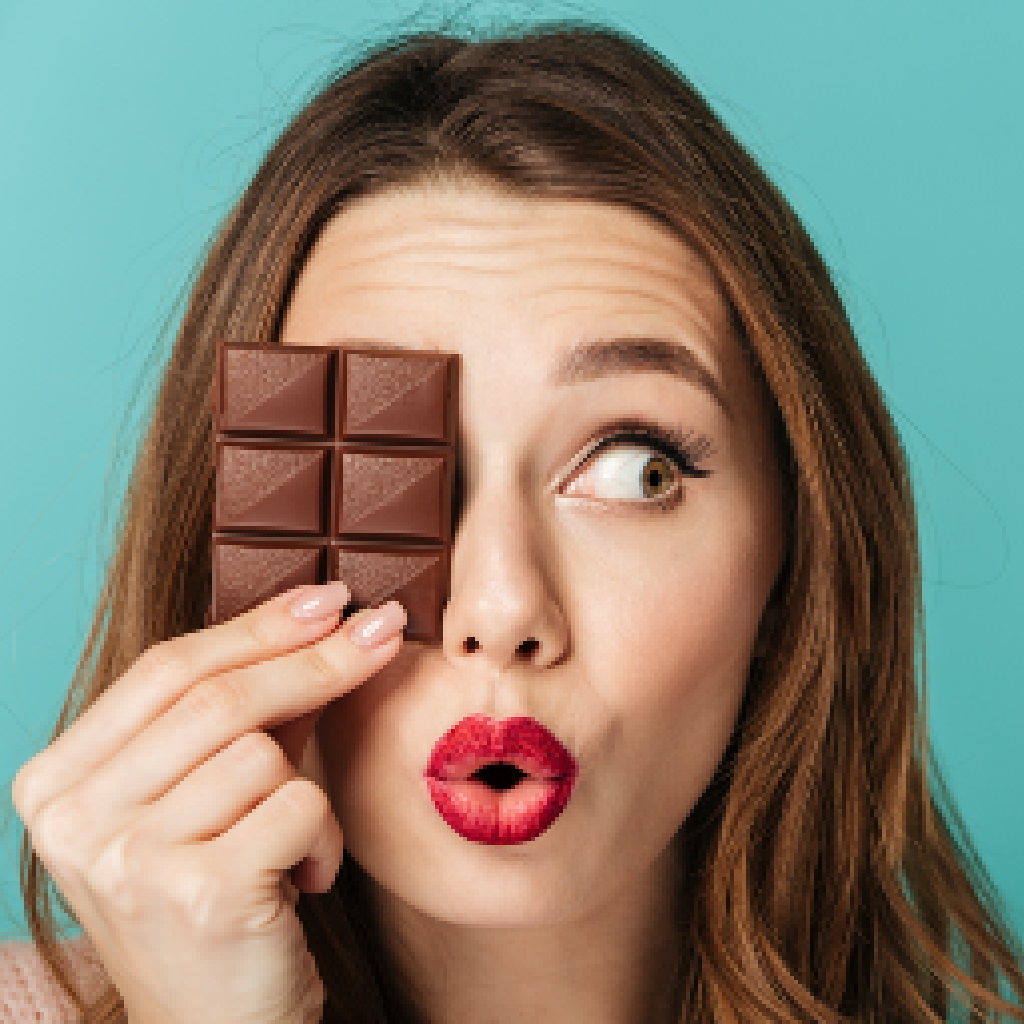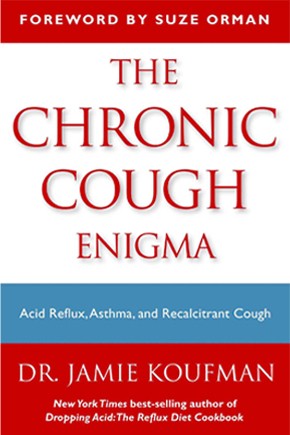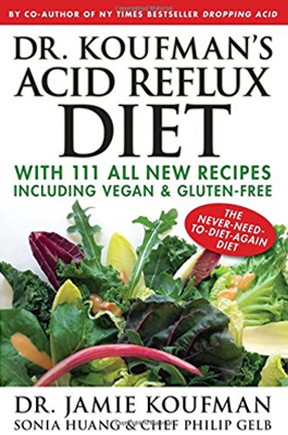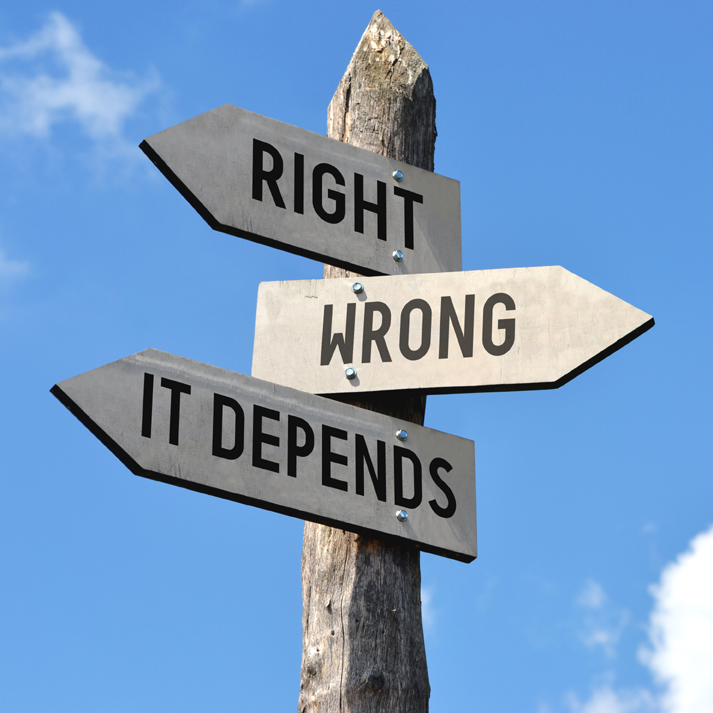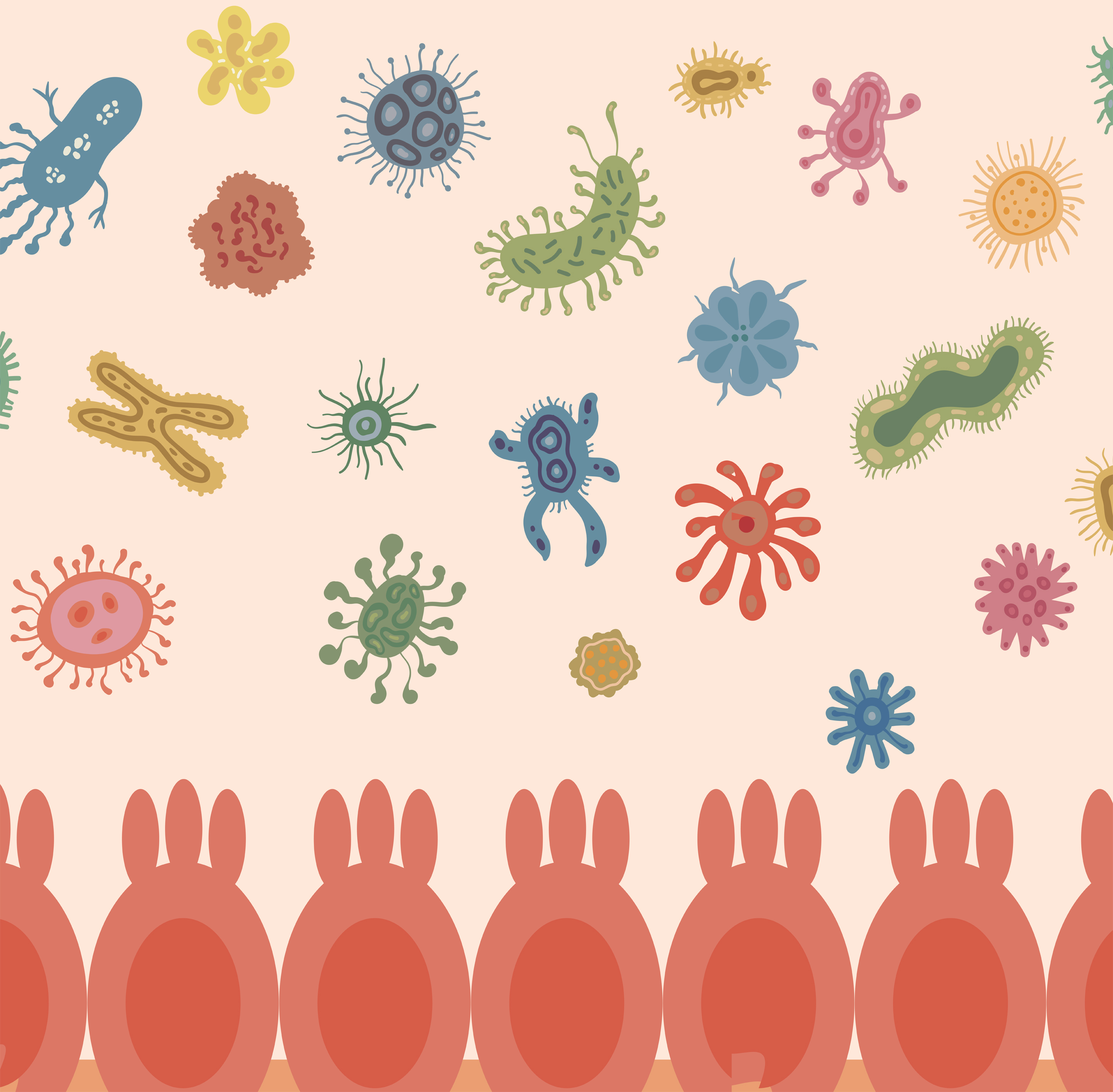At-A-Glance
- Is chocolate acidic? Some of the most common foods that can cause or “trigger” acid reflux are onions, garlic, peppers, fried food, and chocolate.
- Trigger foods can cause relaxation of the stomach valve (lower esophageal sphincter) that keeps what you eat and drink in the stomach.
- Chocolate has a trifecta of influences on that valve: it contains caffeine, theobromine, and fat, all of which can cause acid.
- Compared to most other trigger foods and beverages, chocolate is near the top of the list.
While chocolate has been reported to have certain health effects, for people with acid reflux (GERD and LPR), is probably the single most common acid reflux trigger. That is because it contains chemicals that actually relax the lower esophageal sphincter.
During any “reflux detox” program, chocolate must be avoided. In the author’s experience, chocolate is a reflux trigger for most refluxers (approximately 2/3).
The Top 10 Acid Reflux Triggers & Estimated Percentage of People Affected
- 85% Soft Drinks (everything in a bottle or canvas to acidic – see book)
- 80% Alcohol: beer, booze, and wine (especially in excess, especially in the evening)
- 70% Deep-fried food
- 67% Chocolate (it appears that milk chocolate is worse than dark chocolate for acid reflux)
- 60% Onions (particularly sharp onions and raw onions – sweet onions caramelized are better)
- 50% Peppers/Pepper (including bell peppers, hot peppers and pepper as a seasoning)
- 40% Certain nuts, especially cashews and macadamia, almonds and pistachios not so much
- 40% Garlic (it is the meat of the garlic itself and not so much garlic salt or powder)
- 35% Tomatoes (in general first tomatoes are better than preprepared tomato sauce)
- 20% Coffee (caffeine can cause problems if over consumed, but for some coffee bean)
The percentages provided above are estimates based upon 40 years of clinical experience treating people with acid reflux, they are not hard numbers studied scientifically. The percentages represent my estimates only.
It may surprise you, but the hardest part―for me as a physician in treating reflux―is that everyone is different. What may be an acid reflux trigger for some individual may not be a trigger for others. While chocolate is only fourth on the hit list, for those who have chocolate as a reflux-trigger, the negative effects are often obvious and quick.
As an aside, when I had reflux, my trigger foods were chocolate, wine, green peppers, onions, and cucumbers … and chocolate was number one! If I ate just one chocolate chip, I was refluxing within minutes, and obviously so. That last one, cucumber, is really rare – only one other patient has ever complained about cucumbers.
So, anything can be a reflux trigger food for any one individual. For this reason, I recommend that people who have acid reflux pay attention to when they have symptoms and what they consumed before, including the night before.
In summary, chocolate is one big acid with triggers and should be avoided during the first phases of anti-reflux treatment, so-called reflux detox.
Why Does A Reflux Diagnosis Take So Long?
Part of this issue is due to medical specialization.
The trend towards medical specialization has intensified over the last 50 years… while simultaneously disenfranchising primary care physicians (PCPs). Each specialist – including lung doctors, ENT doctors and GI specialists – just takes care of one part of the body. This has led to specialists who are unable to diagnose / treat reflux because they don’t understand how the respiratory and digestive tracts are connected. They are directly connected at the upper esophageal valve, which is supposed to protect against reflux in the throat. There is also a direct connection between the throat and the lungs at the level of the vocal cords.
I have taken care of thousands of patients with reflux over the course of my career, and almost all have seen multiple specialists including PCPs, allergists, otolaryngologists, pulmonologists, and gastroenterologists.
What to Do About Reflux
WARNINGS:
– Don’t take PPIs!
– Understand that acid reflux increases your risk of esophageal cancer, so get screened
Reflux is curable with effort and commitment to change.
I’ve written four books about these topics: Dropping Acid: The Reflux Diet Cookbook & Cure, The Chronic Cough Enigma, Dr. Koufman’s Acid Reflux Diet, and Acid Reflux in Children.
However, here are the most important pieces of advice I can offer:
- No eating or drinking within five hours of going to bed
- Sleep on an incline no less than 45-degrees (gravity helps)
- Eat five small meals
- No fried or high-fat foods
- No alcohol, chocolate or soft drinks (including fruit juice) of any kind
- Take Pepcid 20 mg. before each meal and before bed
- Take a tablespoon of Gaviscon Advance Aniseed after each meal and before bed (not available in stores in the U.S., but available online)
- Drink alkaline water as much as you conveniently can: an alkaline pitcher is convenient (and test it with pH paper or a pH tester to make sure it’s 8.0 or greater)
- Chew sugar-free gum after eating or drinking anything but water.
If you’ve read at least one of my books and you’re following this guidance and you still need help, you can book a consultation with me.

